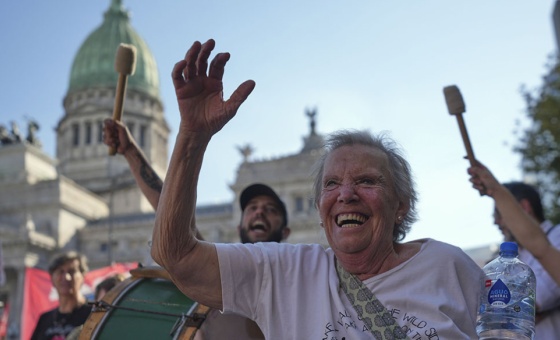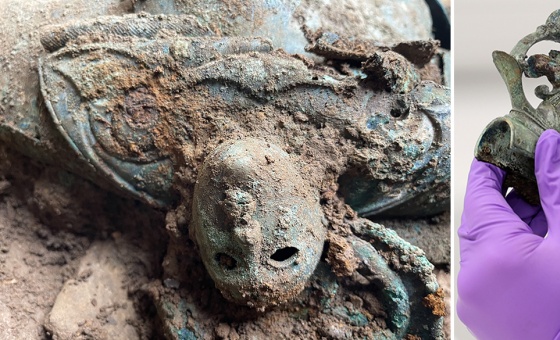This is the last article you can read this month
You can read more article this month
You can read more articles this month
Sorry your limit is up for this month
Reset on:
Please help support the Morning Star by subscribing here
LAST week just as the racist Boris Johnson became Britain’s latest unelected Tory prime minister, black and BAME Labour and trade union activists met in London to discuss stop some Brexit’s campaigner’s racist attack on the free movement of labour.
The racist incitement of anti-immigrant attitudes and the role this plays as a catalyst for expansion of the far-right agenda into mainstream politics was a major focus of discussions at the meeting.
As more and more details of the disgusting Windrush scandal become known, they demonstrate the Tory Party’s and Britain’s contribution to dangerous growing white nationalism all across Europe.
Settled black workers as well as those arriving from Africa, Asia and the Middle East regions are being increasingly physically threatened.
The London meeting rejected the attempts at division, and called for African, south and east Asian, Caribbean, Arabic, Latin American, Muslim and Jewish workers to play a bigger part in the British labour movement.
Generations of these communities have struggled in a deeply racist Britain and won huge victories that benefited the whole working class. A few have reached important positions in the British left.
Yet even within the labour movement many people do not realise just how long black activists have been playing an important part.
One of the very earliest was William Cuffay who, nearly 200 years ago played an absolutely key role in leadership of the first mass political movement of the British working class — the Chartists.
Cuffay was not a national leader of Chartism but he played an important role in London and was influential across the country.
Cuffay was born in 1788 in Chatham. His father, a freed slave from Saint Kitts, was a cook on a warship. Cuffay, whose spine and shins were deformed when he was born, became a travelling tailor in his late teens and stayed in that trade his whole life.
His political life began when he joined a strike in support of his fellow tailors in 1839. As a result, he was sacked.
He joined the movement in support of the People’s Charter demanding universal male suffrage, annual parliaments, vote by secret ballot, payment of MPs and equal electoral districts.
It did not take long for Cuffay, the neat, mild-mannered black tailor, one inch under five foot tall, to demonstrate his political leadership and become one of the prominent leaders of the Chartist movement in the capital.
In the autumn of 1839 Cuffay helped to set up the Metropolitan Tailors’ Charter Association — about 80 joined at the first night’s meeting — and in 1841 the Westminster Chartists sent Cuffay to represent them on the Metropolitan Delegate Council.
In February 1842 he chaired a “great public meeting” of the tailors, at which a national petition to the Commons was adopted.
Later that same year, the Metropolitan Delegate Council responded to the arrest of George Julian Harney and other national leaders by appointing Cuffay as president and three others to serve as an interim executive replacing Harney.
Cuffay was a master of left-wing analysis, combining deep thought with militant action. This militancy made the Establishment, the ruling class and their puppet press attack Cuffay unmercifully.
His colour, his small stature and his twisted, crippled frame made him an easy target. Just as today, racism played a key part in how the press depicted him.
Punch and the London Illustrated News as well as other publications lampooned him savagely, many cartoonists drew him as a monkey.
Punch carried a racist poem by William Makepeace Thackeray and The Times insulted the Chartists as “the black man and his party…”
Not only was Cuffay attacked but as a result of this press campaign his wife Mary Ann was sacked from her job as a charwoman.
In 1846, Cuffay was one of three delegates from London to the Birmingham Land Conference, and he and another tailor, James Knight, were appointed auditors to the National Land Company, which soon had 600 branches all over the country.
In the same year Cuffay served as one of the National Anti-Militia Association’s leaders and was a member of the Democratic Committee for Poland’s Regeneration, of which Ernest Jones, friend of Marx and Engels, was president.
In 1848 he was one of the three London delegates to the Chartists’ national convention that met in April of that year. For him and many other working people in western Europe, 1848 was the year of decision.
Nearly 50 delegates met in London, concerned that the government would try to prevent the huge rally planned to be held in Kennington.
Cuffay was alone in voting against sending a deputation to the Home Office to reassure the home secretary that nothing beyond peaceful protest was planned.
By August 1848 the ruling class had had enough. Cuffay was arrested on trumped-up charges off conspiring to make war against the Queen.
Always on the face of it a quite mild, Cuffay’s bearing in the dock was very dignified — he objected being tried by a middle-class jury, and objected to the evidence against him. It was a well-known fact that the testimony against him had been concocted by dishonest police spies.
The verdict, however, was inevitable. Cuffay was found guilty and he was sentenced to transportation to Van Dieman’s Land, now known as Tasmania, for life.
The Chartist publication The Reasoner had this to say: “When hundreds of working men elected this man to audit the account of their benefit society, they did so in the full belief of his trustworthiness, and he never gave them reason to repent of their choice.
“Cuffay’s sobriety and ever-active spirit marked him for a very useful man; he cheerfully fulfilled the arduous duties which devolved upon him.”
In Australia Cuffay continued his radical activities; he was successful in the agitation for the amendment of Tasmania’s Master and Servant Act.
As an effective speaker, he was always popular with the working class.
He received a pardon in 1856, but chose not to return to Britain, which had treated him so badly. In Australia he continued to fight for the rights of working men.
In October 1869, he was admitted to the Tasmania workhouse, in whose sick ward he died in July 1870.
There is no memorial to William Cuffay, the Chartist leader, anywhere — yet no-one deserves one more.
Cuffay and the Chartists made a unequalled contribution to British democracy. Surely it is time that that contribution was recognised in a major memorial?










